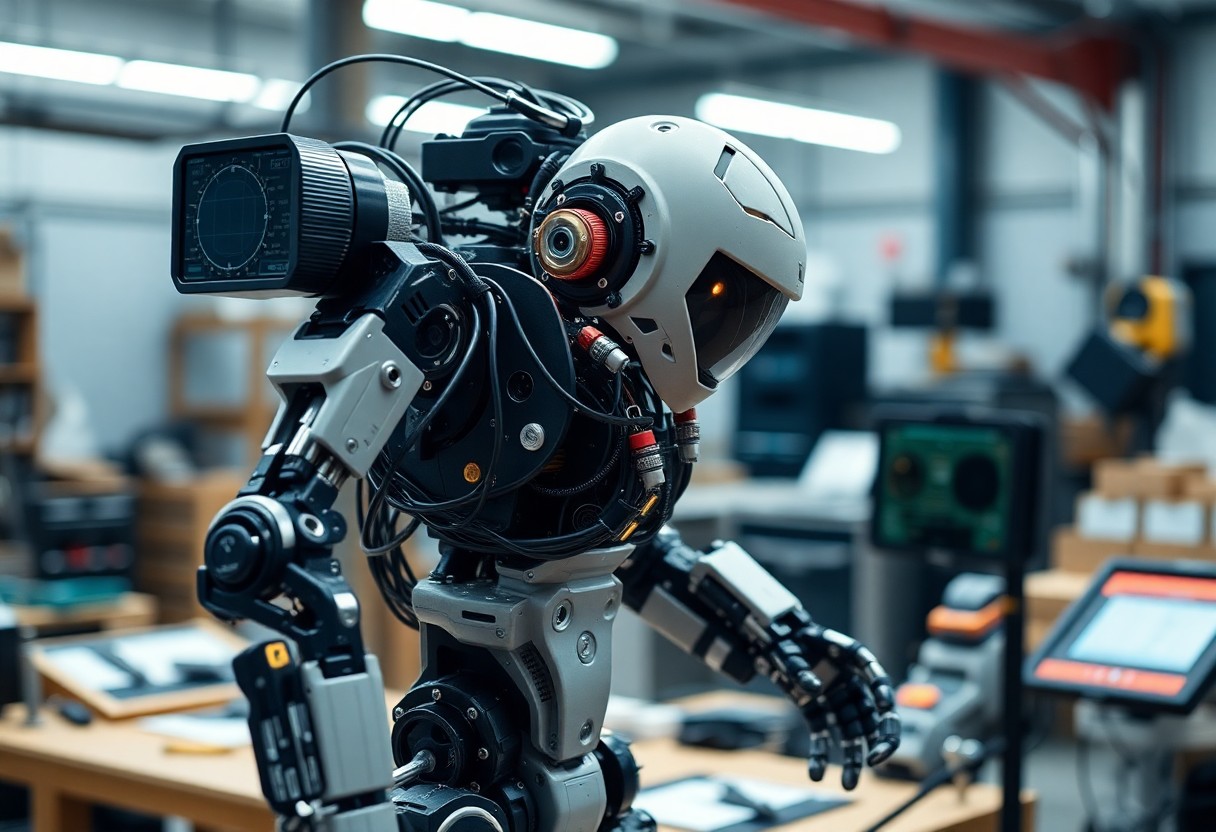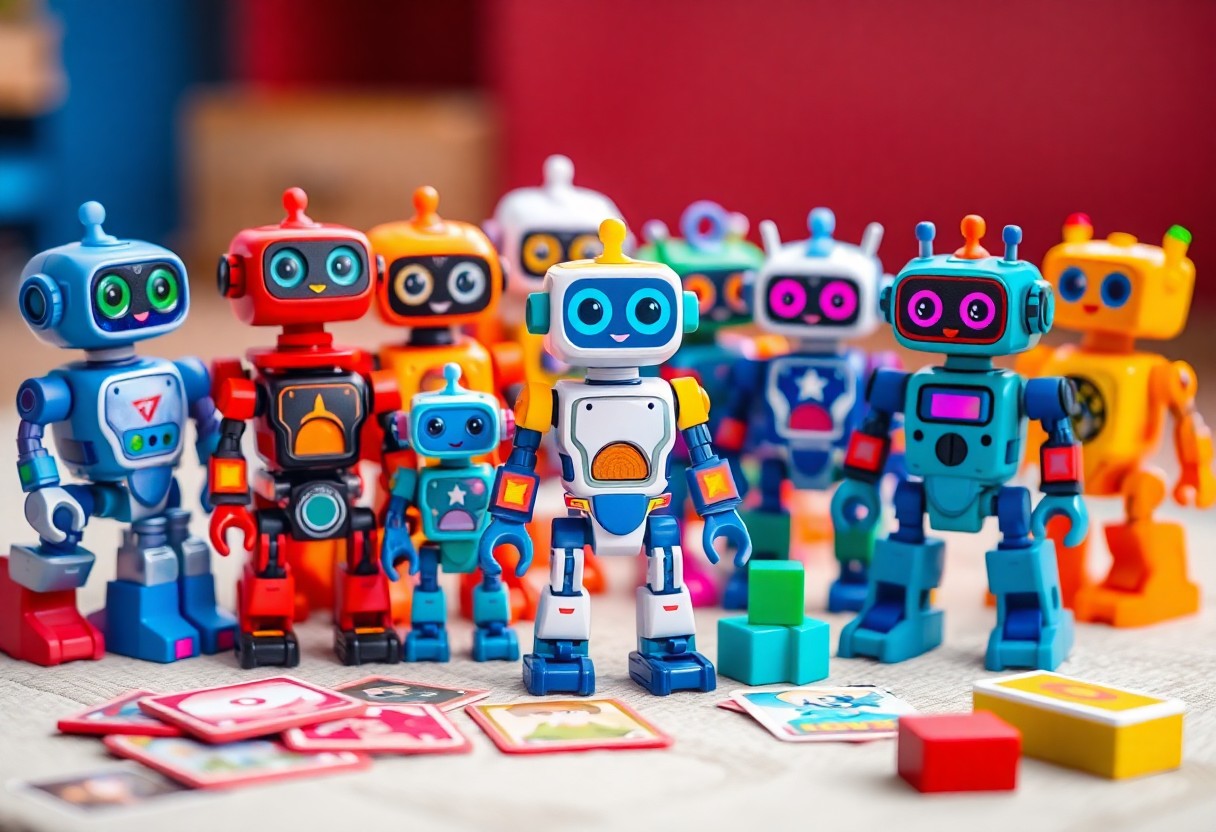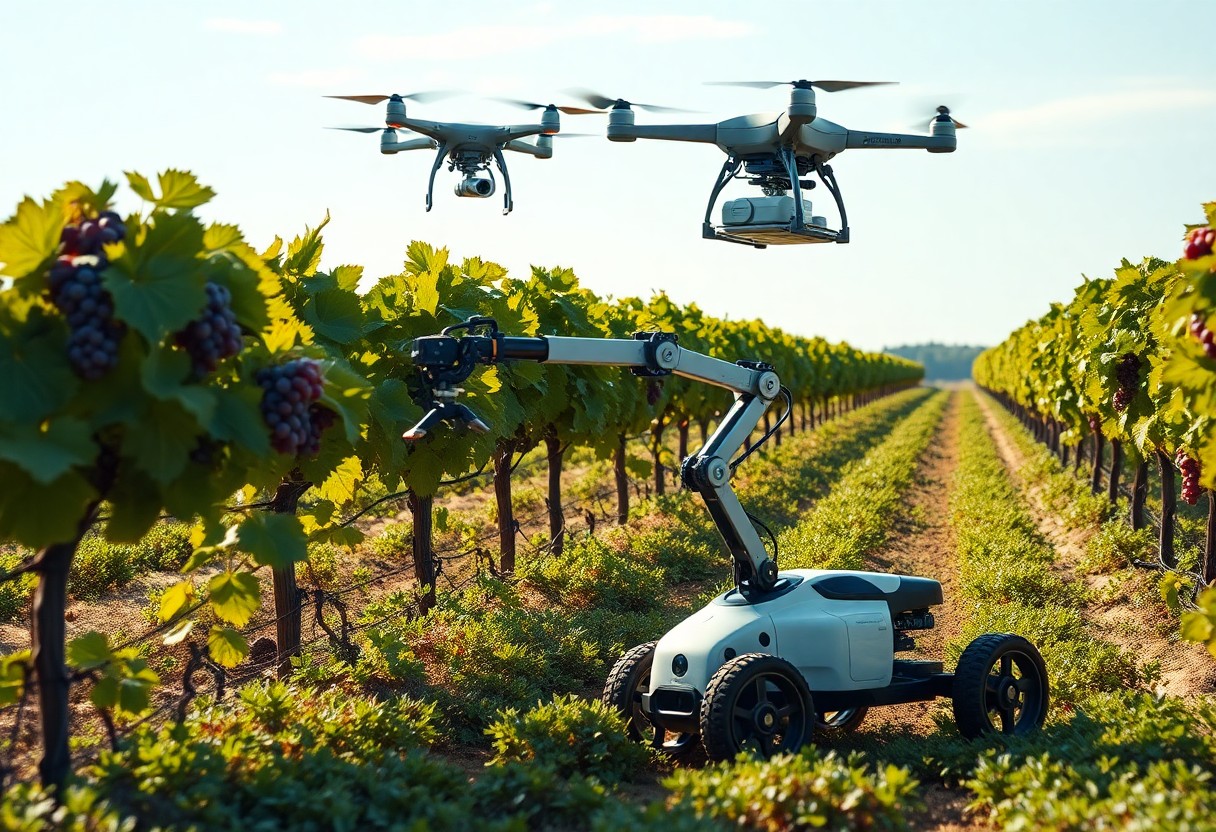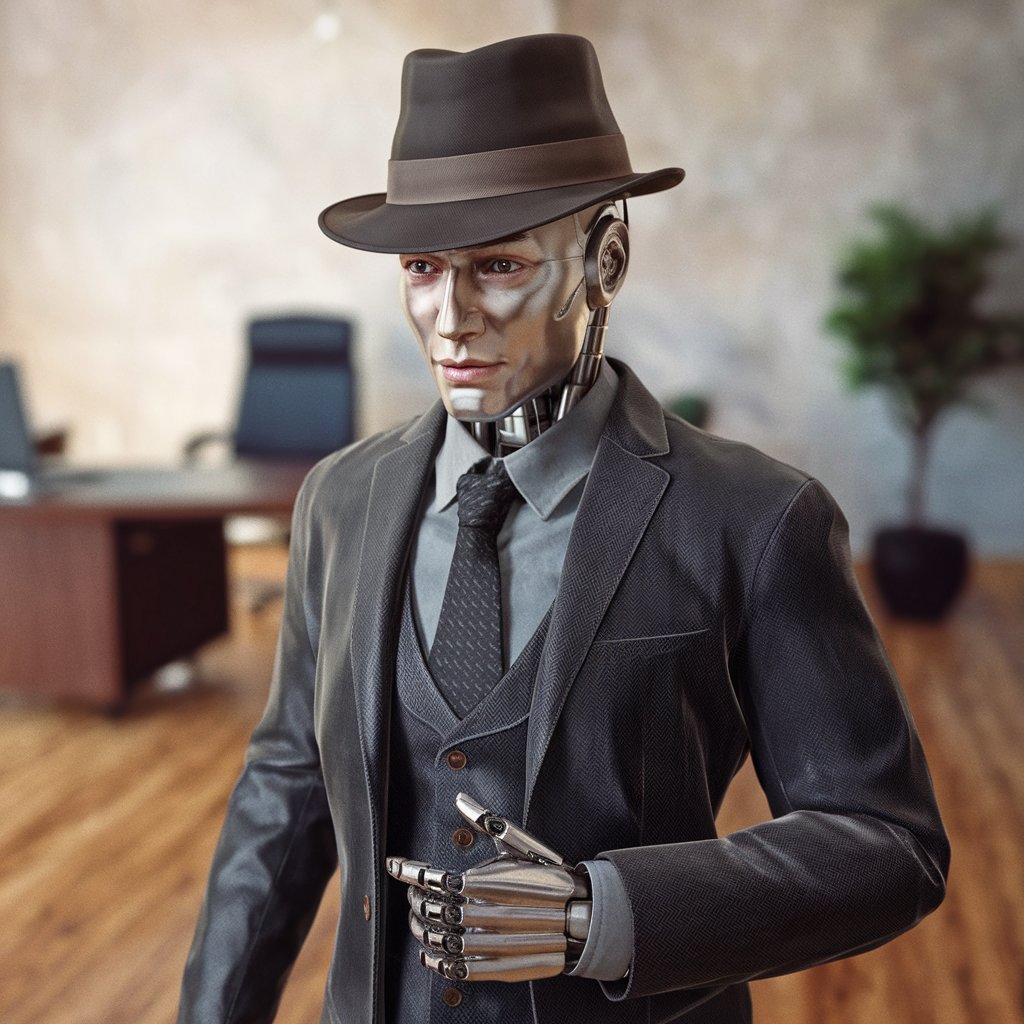Most custom robots rely on advanced sensor technologies to optimize their performance and versatility in various applications. By integrating different types of sensors, you can significantly enhance your robot’s ability to perceive its environment, making it more responsive and effective in completing tasks. From proximity and temperature sensors to cameras and microphones, understanding how these technologies work together can empower you to create a more capable and efficient robotic system tailored to your specific needs.
Overview of Sensor Technologies
The advancement of sensor technologies plays a significant role in enhancing the functionality of custom robots. These sensors allow your robots to perceive their environment, interact with objects, and carry out complex tasks efficiently. From detecting obstacles to measuring temperature, the variety of sensors you use can dramatically expand your robot’s capabilities and applications.
Types of Sensors
Below is a table summarizing different types of sensors commonly used in robotics:
| Type of Sensor | Function |
|---|---|
| Proximity Sensors | Detect the presence of nearby objects without physical contact. |
| Temperature Sensors | Measure ambient temperature for environmental monitoring. |
| Pressure Sensors | Monitor pressure levels, ideal for robotic applications like gripping. |
| Vision Sensors | Capture images and video for object recognition and tracking. |
| Sound Sensors | Detect sound waves, useful for voice activation and communication. |
After understanding the types of sensors available, you can choose the right combination to fulfill your robot’s specific needs.
Key Features and Functions
With the integration of various sensors, your robot can significantly enhance its operations. Key features of sensors include:
- Real-time data collection
- Environmental awareness
- Interactive capabilities
- Adaptability to complex tasks
- Automated responses to stimuli
After carefully selecting the sensors for your robot, you can create a machine that is more capable and efficient.
Sensor technologies empower your robot with the ability to gather and analyze information, responding to changes in its environment. They enable your custom robot to be proactive instead of merely reactive. Key features that enhance functionality include:
- High accuracy in readings
- Versatile applications across various environments
- Durability for long-term use
- Low power consumption
- Ease of integration with other systems
After leveraging these features, your robot can perform tasks that were once thought to be impossible, making it a valuable asset in your endeavors.
Enhancing Navigation Capabilities
You can significantly improve your custom robot’s navigation abilities by integrating various sensor technologies. These sensors allow your robot to interpret its environment accurately, enabling it to make real-time decisions for more efficient movement. With enhanced navigation capabilities, your robot can perform a wider range of tasks, making it more versatile and effective in diverse settings.
GPS and Mapping Sensors
Beside providing location data, GPS and mapping sensors enable your robot to create detailed maps of its surroundings. This data helps in determining optimal paths and efficiently executing complex tasks, such as delivery or exploration in outdoor environments. By leveraging GPS technology, your robot can navigate with precision, enhancing its overall functionality.
Obstacle Detection and Avoidance
On integrating obstacle detection sensors, your robot gains the ability to identify and navigate around potential barriers in its path. These systems utilize technologies such as ultrasonic, infrared, and LIDAR to assess the environment in real-time, enabling your robot to respond swiftly and avoid collisions, thus increasing its operational safety and efficiency.
Sensors play an integral role in enhancing your custom robot’s obstacle detection capabilities. By utilizing a combination of technologies, such as ultrasonic sensors that emit sound waves to gauge distance, and LIDAR systems that create accurate 3D representations of surroundings, your robot can effectively anticipate obstacles. This not only ensures smoother navigation but also permits your robot to operate autonomously in dynamic environments, making it suitable for a variety of applications, from warehouse logistics to search and rescue missions.
Improving Interaction and Feedback
Some of the most significant advancements in robotics stem from integrating sensor technologies that enhance your custom robot’s interaction with users. By equipping your robot with various sensors, you can foster more immersive and responsive experiences that not only engage users but also produce valuable feedback for system improvement.
Touch and Proximity Sensors
Against the backdrop of traditional input devices, touch and proximity sensors allow your robot to respond intuitively to human interactions. These sensors enable your robot to detect when someone is nearby or when they make physical contact, facilitating a more organic means of engagement that can make users feel more comfortable and connected.
Voice Recognition and Communication
Proximity to advanced voice recognition technology has revolutionized how you and your robot can communicate. With this capability, your robot can understand spoken commands, respond to inquiries, and engage in basic conversations, making the interaction feel more natural and user-friendly.
And as voice recognition systems evolve, they offer not just basic command functionality but also context-aware responses. This means your robot can adapt its answers based on previous interactions or specific scenarios you present, thereby improving its overall effectiveness and user engagement. Such sophisticated communication capabilities can transform your custom robot into an indispensable companion or assistant, amplifying its utility in various environments.
Expanding Environmental Awareness
Many custom robots equipped with sensor technologies can significantly enhance environmental awareness, allowing them to interact more effectively with their surroundings. By integrating sensors, your robot can gather real-time data, assess various conditions, and adapt its actions accordingly, improving efficiency and functionality in diverse environments.
Temperature and Humidity Sensors
Beside providing you with crucial climate data, temperature and humidity sensors allow your robot to monitor and respond to environmental changes. This capability is particularly beneficial in agricultural settings, smart homes, and industrial environments.
Temperature & Humidity Sensor Functions
| Function | Application |
| Temperature monitoring | Climate control in greenhouses |
| Humidity tracking | Preventing mold growth in food storage |
Light and Sound Sensors
Sensors play an instrumental role in helping your robot detect variations in light and sound, enriching its functionalities. By monitoring ambient light levels, your robot can adjust its activities, such as enhancing visibility for navigation or conserving energy during low-light conditions.
Consequently, integrating light and sound sensors allows your custom robot to navigate with greater precision. For instance, detecting sudden noises could prompt your robot to pause and assess potential obstacles, while monitoring light conditions may enable it to optimize its performance in various environments. This enhanced awareness not only elevates your robot’s interaction capabilities but also opens up new possibilities for practical applications in everyday tasks.
Applications in Various Industries
Once again, sensor technologies play a pivotal role across a multitude of industries, enhancing the functionality and performance of custom robots. From manufacturing and healthcare to agriculture and logistics, these sensors enable robots to adapt to their environments, making your robotic solutions more efficient and effective in real-world applications. By integrating these advanced technologies, you can ensure your custom robots meet the specific demands of various sectors.
Manufacturing and Automation
Among the many applications in manufacturing and automation, sensor technologies help streamline processes, increase productivity, and ensure quality control. By equipping your custom robots with sensors that detect temperature, pressure, or proximity, you can optimize workflows, reduce waste, and respond to changes in real-time. This adaptability ultimately leads to enhanced operational efficiency and reduced downtime.
Healthcare and Assistive Technology
Industries such as healthcare benefit significantly from sensor technologies, particularly in assistive devices and robotic surgeries. These technologies facilitate precise monitoring and data collection, allowing for real-time adjustments during medical procedures or patient care, enhancing both safety and outcomes.
Even in healthcare and assistive technology, you can leverage sensor technologies to create robots that aid the elderly or disabled, providing support with mobility and daily tasks. With sensors that monitor vital signs or detect movement, your robots can respond proactively to patient needs, ensuring timely assistance. By integrating these technologies, you contribute to improving the quality of life for users while paving the way for innovative healthcare solutions.
Future Trends in Sensor Technologies
Despite the rapid evolution in robotics, future trends in sensor technologies promise to revolutionize your custom robot’s capabilities. Advances in miniaturization, increased connectivity, and enhanced data processing will enable more sophisticated sensor systems. For insights into the latest breakthroughs, check out Sensing Technologies in Robotics – KnowHow.
Advancements in Sensor Integration
Behind the scenes, sensor integration is becoming smarter and more seamless. By combining multiple sensing modalities, your robot can achieve greater accuracy and adaptability, allowing for more efficient navigation and task execution. This integration helps form a more cohesive unit that can respond dynamically to challenging environments.
Impact of AI on Sensor Functionality
By leveraging artificial intelligence, your sensors gain enhanced capabilities that elevate their performance and responsiveness. AI algorithms analyze data in real-time, allowing your robot to better interpret sensory information and make informed decisions. This synergy leads to more intuitive interactions and improved operational efficiency.
Functionality is further enhanced when AI models process vast amounts of sensor data, enabling predictive analytics and adaptive behaviors. This allows your robot to learn from its environment and past experiences, enhancing its capacity to perform complex tasks autonomously. Overall, the marriage of AI and sensor technology is shaping the future of robotics, making your custom robot smarter, more efficient, and better suited for a variety of applications.
Summing up
Presently, incorporating sensor technologies into your custom robot significantly boosts its functionality, enabling it to perceive and interact with its environment more effectively. By integrating various sensors, you enhance your robot’s capabilities such as navigation, obstacle detection, and data collection, thereby allowing it to perform complex tasks with greater precision. Understanding how different sensors work and their potential applications can empower you to tailor your robot for specific needs, making it a more versatile tool for your projects or daily tasks.







